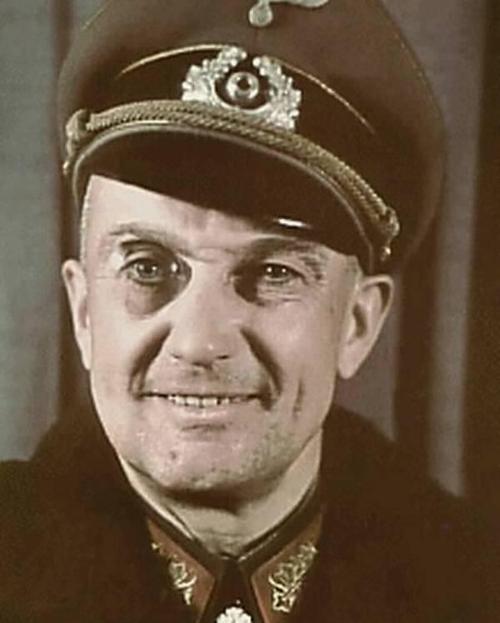On August 23, the Battle of Lezhev-Sechovka of the Soviet army was also over. The Soviets neither occupied Lezhev as expected, nor were they able to establish landing fields on the right bank of the Volga River in this area. But on the German side, due to the huge pressure and losses suffered by the German 9th Army, the call from the army headquarters for the retreat of the army group also began to rise.

After the Stalingrad Counteroffensive began, the Western Front and the Kalinin Front, coordinated by Zhukov, again attacked the Lezhev salient defended by the German 9th Army. The Soviets attempted to prevent the German Army Group Center from drawing troops to reinforce Stalingrad and to prepare for the next attack on Smolensk. The campaign is code-named "Mars".
The offensive was launched in extremely harsh weather conditions. Although the Soviets made some breakthroughs, they were unable to expand the breakthroughs, resulting in the mechanized troops that had penetrated the German lines crowded on several narrow roads and suffered heavy casualties from German artillery fire. The attack failed. The Soviets suffered heavy casualties. However, the German 9th Army was also seriously wounded by this battle and was forced to abandon the significant Lezhev salient a few months later.
In general, the situation in the middle of the Eastern Front in 1942 was similar to that in the northern section: the Soviets continued to attack, but fought badly; the German defense was generally excellent, especially the German 9th Army and its commander General Modell, who were clinging to the Lezhev salient. But this did not change the fact that the German army was passively defensive under the attack of the Red Army, and was almost unable to attack: the huge strength of the German Army Group Center was always firmly contained in the theater of operations, and it was impossible to reinforce the decisive battle on the southern section of the Eastern Front.